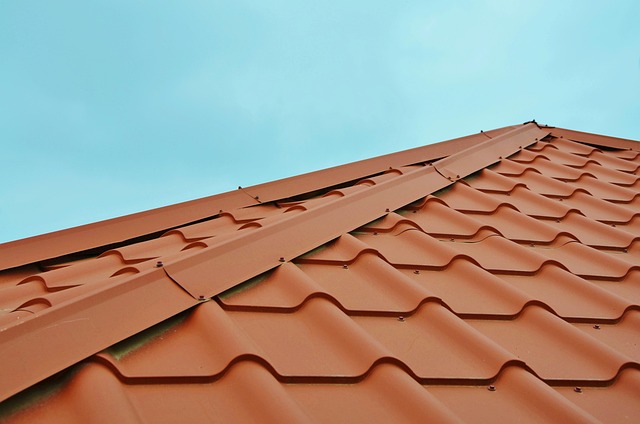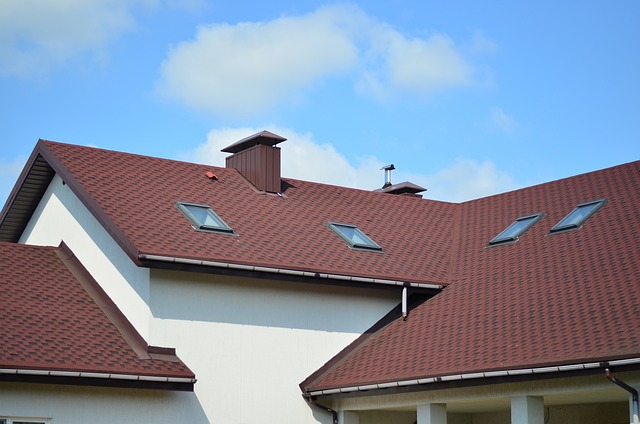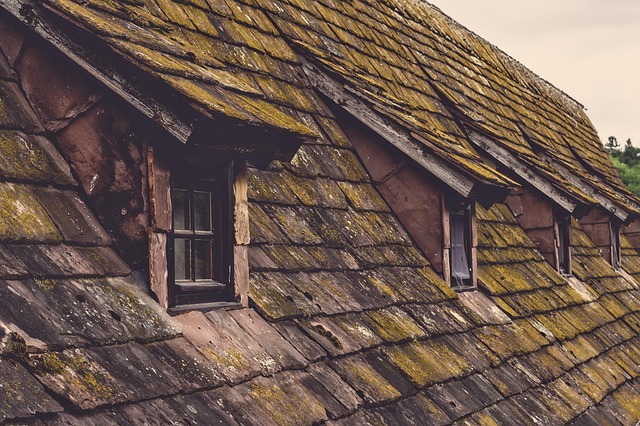Roof replacement is a significant investment for homeowners, offering protection against water damage, mold growth, and energy inefficiency. It involves a thorough assessment of the current roof, material selection tailored to budget, climate, and aesthetics, meticulous installation, and professional guidance. Common mistakes include DIY projects, neglecting inspections, ignoring weather, and not adhering to local building codes, which can lead to costly repairs. Regular maintenance, understanding warranty information, and researching local regulations are crucial for a successful and compliant roof replacement.
“Considering a roof replacement? Our comprehensive guide navigates every aspect of this essential home improvement. From understanding the necessity, assessing damage, choosing materials, and installation processes, we’ve got you covered. Learn about professional benefits, common mistakes to avoid, and maintenance tips for optimal results. Discover local regulations and warranty information to ensure compliance and a durable, compliant roof. Optimize your space with the right roof replacement.”
Understanding Roof Replacement: Why It's Necessary

Roof replacement is a significant decision for any homeowner, but it’s often necessary to ensure the structural integrity and longevity of your home. Over time, roofs wear down due to exposure to harsh weather conditions, including rain, snow, extreme temperatures, and strong winds. This deterioration can lead to leaks, damaged shingles or tiles, and even weakened support structures. Regular inspections are crucial to identifying these issues early on.
A roof replacement becomes especially critical when existing repairs fail to provide lasting solutions. Water damage, mold growth, and reduced energy efficiency are common consequences of a failing roof. By investing in professional roof replacement services, homeowners can protect their investments, enhance the curb appeal of their properties, and ensure better indoor air quality and comfort.
Assessing Your Roof: Identifying Damage and Wear

When considering a roof replacement, the first step is a thorough assessment of your current roofing system. This involves meticulously inspecting the entire roof to identify any signs of damage or wear and tear. Experienced professionals will look for cracked or missing shingles, loose or damaged flashing, corroded vents, and any leaks or moisture intrusion. Even subtle indications of problems, such as discolored or deteriorated areas, can point to deeper issues that may require attention during the replacement process.
Identifying these issues early on is crucial for a successful roof replacement. It ensures that all necessary repairs are made, extending the life of the new roof and preventing future problems. By addressing wear and tear proactively, homeowners can avoid costly emergency repairs and potential health risks associated with water damage or mold growth.
Types of Roofing Materials: Choosing the Right Fit

When considering a roof replacement, understanding the variety of roofing materials available is crucial for making an informed decision. Each type offers unique benefits and suits different needs, climates, and architectural styles. Common choices range from traditional asphalt shingles, known for their affordability and ease of installation, to durable metal panels that provide exceptional longevity and resistance to extreme weather conditions.
Natural materials like slate and wood are also popular for their aesthetic appeal and historical charm, but they may require more maintenance over time. Choosing the right roofing material depends on factors such as budget, local climate patterns, desired lifespan of the roof, and personal style preferences. Professional guidance from roofers can help narrow down options to ensure a suitable roof replacement that stands the test of time.
The Installation Process: Step-by-Step Guide

The roof replacement process involves several meticulous steps, ensuring a durable and weather-resistant finish. It begins with an extensive inspection to assess the current state of the roof. This includes identifying any damage, measuring the area to be replaced, and selecting the appropriate materials—from shingles to underlayment—to meet structural and aesthetic requirements. Once the planning is in place, the old roofing material is carefully removed, layer by layer, down to the deck or existing underlayment. This meticulous process prevents damage during the replacement.
After preparing the roof deck, a new underlayment is installed, serving as a protective barrier against moisture and providing added insulation. The chosen roofing materials are then laid out in predetermined patterns, starting from the bottom edge of the roof. Each layer of shingles or tiles is secured with nails or screws, following manufacturer guidelines for proper installation. After completing one row, the process repeats until the entire roof surface is covered. Finally, a thorough inspection ensures all installations meet safety and quality standards.
Benefits of Professional Roof Replacement Services

When considering a roof replacement, enlisting professional services offers numerous advantages that go beyond simple installation. Expert roofers bring a wealth of knowledge and experience to the table, ensuring your new roof is not only aesthetically pleasing but also structurally sound and designed to withstand various weather conditions. They employ advanced techniques and materials, providing long-lasting protection for your home.
Professional Roof Replacement Services also come with benefits such as warranty coverage, peace of mind, and potential energy savings. A well-installed roof can improve your home’s insulation, reducing heating and cooling costs. Moreover, a professional job often comes with a manufacturer’s warranty on materials and labour, safeguarding against future repairs and offering added security for your investment.
Common Mistakes to Avoid During Roof Replacement

When undertaking a roof replacement, many homeowners make mistakes that could lead to costly repairs or even structural damage down the line. One of the most common errors is attempting a DIY project without proper knowledge and experience. Roofing work can be dangerous, and even seemingly minor tasks require expertise to avoid accidents. Another pitfall is not thoroughly inspecting the existing roof before starting the replacement. It’s crucial to identify any hidden issues like rot, damaged shingles, or improper flashing, as these could compromise the new roof’s integrity.
Additionally, ignoring weather conditions can be a mistake. Replacing a roof during extreme weather, such as heavy storms or high winds, can be unsafe and may not guarantee proper installation. Ensuring clear skies and calm conditions allows for a more precise and secure job. Moreover, failing to consider local building codes and regulations can lead to legal issues and the need for costly modifications. Always consult professionals who can guide you through the process, ensuring your new roof is safe, durable, and compliant with local standards.
Maintenance Tips for New Roofs

Keeping your new roof in top condition is a simple task with the right maintenance tips. Regular inspections are key; check for any signs of damage, leaks, or loose shingles at least twice a year. Cleaning your gutters is also essential to prevent clogs and water damage, which can void warranties. Remove debris like leaves and branches promptly.
Additionally, keep an eye out for common issues like missing or damaged shingles, especially after harsh weather events. Repair or replace these promptly to maintain the roof’s integrity. Using the right cleaning agents and avoiding excessive pressure washers will ensure longevity, preserving your investment in a new roof (Roof Replacement).
Roof Warranty Information: What You Need to Know

When considering a roof replacement, understanding the warranty information is crucial for long-term protection. Many reputable roofing contractors offer comprehensive warranties on their services, ensuring peace of mind for homeowners. These warranties typically cover materials and labor for a specified period, ranging from 20 to 50 years. The terms and conditions vary between providers, so it’s essential to read and understand the details.
Roof warranty information should clearly state what is covered, such as repairs or replacements due to manufacturer defects, damage from natural elements, or errors in installation. It’s also important to know what is excluded, like damages caused by poor maintenance or extreme weather events not typically insured by standard policies. Ensuring you have all the necessary details will help you make an informed decision when choosing a roofing service for your roof replacement needs.
Local Regulations and Permits: Ensuring Compliance

When undertaking a roof replacement, it’s crucial to be aware of local regulations and permits required for such projects. Building codes and zoning ordinances vary from one municipality to another, dictating specific guidelines for construction and renovation works, including roof replacements. Failure to adhere to these rules can lead to project delays, hefty fines, or even the need for costly corrections.
Before starting any roof replacement work, it’s essential to consult with local building departments to understand the necessary permits and ensure compliance with current codes. This process involves reviewing plans, understanding permit requirements, and obtaining the necessary approvals. By doing so, you protect yourself from legal issues and future complications, ensuring a smooth and efficient roof replacement project that meets all regulatory standards.
